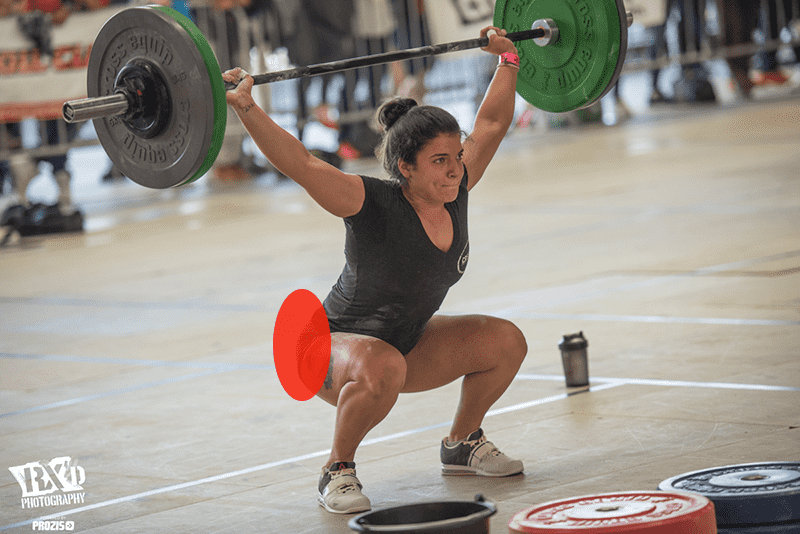

#Gluteal amnesia how to#
Generally speaking, the prime issue is detraining overall, not one muscle having “amnesia” or not knowing how to fire.

Greg Lehman did a nice job summarizing the points above and included relevant links to research such as the Ghent study on hamstring injuries and glute firing patterns. The increase, decrease, or sustained firing pattern isn’t really a fair judgment on how the muscles work, mainly because movement strategies are very individual and subject to influences that are prone to be confounding. Gluteal inhibition, caused by a specific factor, is unlikely to show up in normal, healthy athletes, but you should not completely dismiss it, as it’s more complicated than how much electromyography activity the muscles have in motion. Glute amnesia is not a true diagnosis or pathology, and it’s time to move on from this concept, as it places too much fear and too many resources on a problem that really isn’t there. The proponents of glute amnesia tend to be those who are stuck in 1990’s concepts that sounded good at first but have since been proven to be beyond hype. While some could say weakness is never an advantage, to assume that only one muscle of the body has a syndrome due to modern lifestyles is farfetched. Weak glutes have been the scapegoat for countless ailments such as back pain, knee injuries, and even hamstring pulls. While I don’t disagree that glutes may not be challenged much if we spend most of our time on a couch watching Netflix, other muscles are technically lazy as well.


Repeat 10 times before going to the other side.It’s pretty sad that it’s 2021, and we are still seeing the myth of glute amnesia, where the muscles of the hip turn off due to an array of theoretical causes. Place your right foot on the surface and use your glutes, quads and core to step up. Stand with your body facing sideways toward the object. Lateral step up: Find a steady surface that is strong enough to hold your weight and is at least as high as your knees.As you descend, be sure to support the weight so that it stays above your chest line to protect your lower back from strain. To squat, sit the hips down over the heels, bringing your body down to 90 degrees or more. Set your feet in a squat stance so that the heels are at hip width or slightly wider. Kettlebell squat: Grab a kettlebell by the handles and bring it up in front of your chest and keep your elbows tight to your body.Stand with your feet together, then step out as wide as you can to the left while bending the left knee to 90 degrees. Side lunge: This is a great lower body exercise that strengthens your quads, glutes and hamstrings while also targeting both the inner and outer thighs.This will strengthen your gluteus medius and minimus while activating the major part of your glutes as well, according to Green. Bend your knees and start walking sideways to the left for 10 steps and repeat in the other direction. Side steps with bands: Grab an exercise band and strap it on the upper part of your ankles.Use your glutes and quads to jump as high as you can, landing softly back into your squatted position. Wide stance jump squat: Stand with your feet a bit wider than shoulder width apart.


 0 kommentar(er)
0 kommentar(er)
